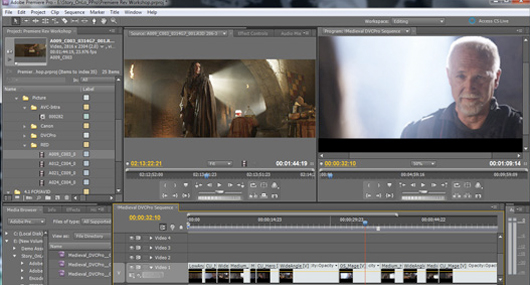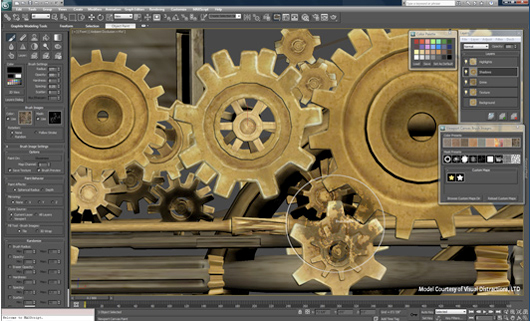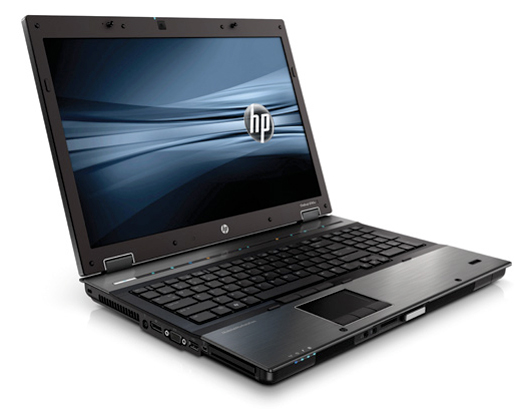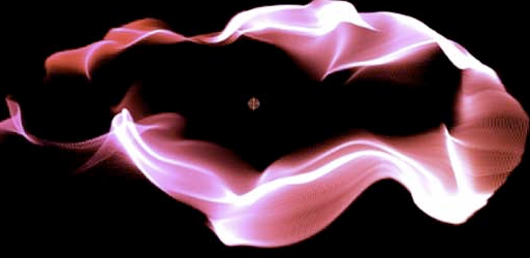Advances in GPU-accelerated editing reviewed, plus video tutorials that included free media and explained valuable techniques
Top Reviews of 2010
1.) Adobe Premiere Pro CS5

This long-awaited and much touted upgrade to Premiere brought back former users and doubters who had drifted to Final Cut Pro in recent years. Exciting new features included the 64-bit GPU accelerator Mercury Playback Engine, which Adobe had been developing secretly with NVIDIA for about three years. Said reviewer Charlie White, “Premiere Pro’s been drastically improved, to such a profound extent that it could save you dozens of hours on every project you produce.”
2.) Autodesk 3ds Max 2011

Autodesk, beginning with its original media and entertainment division, Kinetix, has consistently packed the features into each successive upgrade of this 3D modeling, animation and rendering software package. This version delivered plenty of new features and improvements to those in the 2010 version, including an improved user interface (UI) and workflow, great additions to the modeling tools, a new and improved system for building materials, integration of CAT, and “best of all a top-notch 3D/2D paint system,” said reviewer Mike de la Flor.
3.) HP EliteBook 8740w Mobile Workstation

It’s not an Apple-only world after all (as many of you working on the PC know), and interest in this souped-up laptop from HP confirms that. For color-critical work, this workhorse “is currently the best solution with its 30-bit DreamColor display and Intel Core i7 processor options,” said reviewer David English. Other pluses include a choice of fast dual-core or quad-core mobile processors, support for up to 16GB of system memory and two USB 3.0 ports.
Top Tutorials of 2010
1.) Design a Title Using Artbeats HD Clips and After Effects

The popularity of this tutorial was enhanced by a nice little extra: a selection of free HD clips we were able to offer readers, courtesy of Artbeats.

2.) Edit and Create Subtitles in Apple FCP

A perennial favorite that was first published in Studio/monthly magazine, this simple and common task, explained well, continued to draw record readers this year.
3.) Create a Fluid Plasma Effect with Trapcode Particular

Motion designer Harry Frank, in an excerpt from his Class on Demand DVD on Particular, shows readers how to take advantage of turbulence fields to create a believable plasma effect. First posted in 2008, this tutorial continued to draw readers in 2010 who can’t get enough of the wonderfully varied particle effects possible with this plug-in.











Leave a Reply